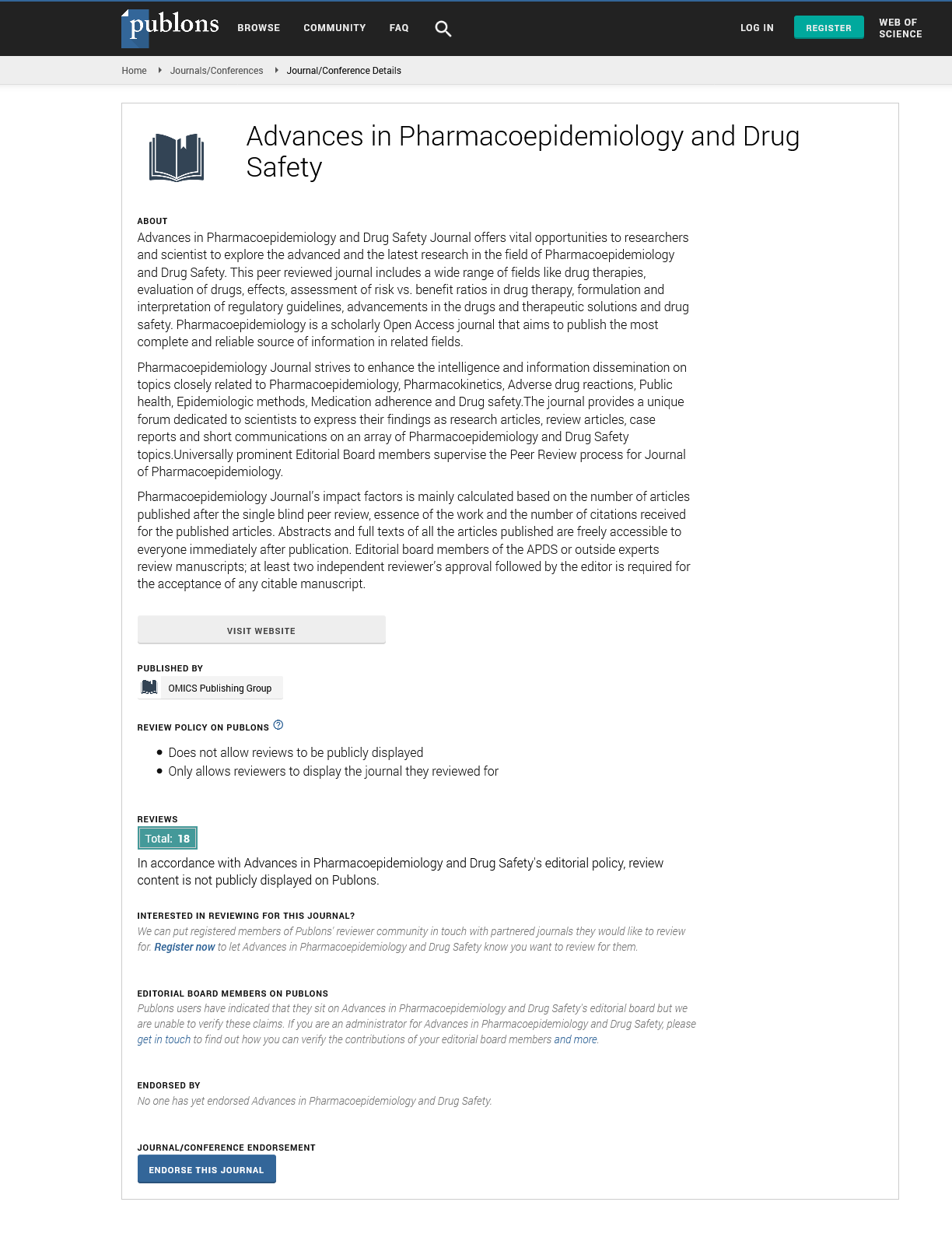Indexed In
- Open J Gate
- Genamics JournalSeek
- Academic Keys
- JournalTOCs
- RefSeek
- Hamdard University
- EBSCO A-Z
- SWB online catalog
- Publons
- Geneva Foundation for Medical Education and Research
- Euro Pub
- Google Scholar
Useful Links
Share This Page
Journal Flyer

Open Access Journals
- Agri and Aquaculture
- Biochemistry
- Bioinformatics & Systems Biology
- Business & Management
- Chemistry
- Clinical Sciences
- Engineering
- Food & Nutrition
- General Science
- Genetics & Molecular Biology
- Immunology & Microbiology
- Medical Sciences
- Neuroscience & Psychology
- Nursing & Health Care
- Pharmaceutical Sciences
Abstract
Emergence of 3D Printed Dosage Forms: A Focus on FDM 3D Printing and Multi-Material Printing
M A Alhnan*
The demand for a unique approach for individualized medicine is rising rapidly. There is now greater emphasis on a patient-specific or tailored method of dosing and dose combinations instead of the standard mass produced medicines based on “One Size Fits All”. The need to individualized dosing arises from differences in the patient’s age, weight and severity of disease. These conditions require the modification of a dose that is suited the patient’s individual needs thus minimising potential for adverse effects of the drug. It was reported that 75-85% of adverse effects from drug therapy occurs as a result of inappropriate dosing or dose combinations. Despite advancements in drug administration methods the oral route of administration is still the most preferred choice by patients. This preference stems up from the fact that they are relatively safe, very convenient, easy to use and affordable. Approximately 40% of drug delivery is taken through the oral route. Oral drug delivery market values are expected to rise from $49 billion in 2010 to $97 billion by 2017. Since the use of oral solid dosage forms (especially tablets) have earned wide spread acceptance by most patients and careers, personalization of dosage form is a potential breakthrough in the healthcare system. A major implication of personalized medicine is the urgent necessity to modify drug dosing and drug combinations and customized healthcare to meet an individual patient’s need. Therefore, methods for tailoring the dosage forms to individual patient’s needs are highly desirable. The conventional manufacturing processes involved in the production of popular oral solid dosage forms (e.g. tablets and capsules) have been designed for large-scale manufacturing. They lack flexibility in dosing, particularly when dose variations or drug combinations are involved. In addition, major capital is needed to acquire several equipment, large operation spaces and demands highly skilled operators to function efficiently and safely. The employment of several steps (milling, mixing, granulation, drying etc.) involved in manufacturing processes renders the process too rigid for high level of flexibility required to bring personalized medicines into reality. Dose modifications for solid dosage forms are currently achieved through the dispensing of multiple low dose tablets to obtain a higher dose or by splitting/dividing larger sized tablets. It is estimated that 3000 compounding pharmacies fill more than 30 million prescriptions per year in the United States in an attempt to customize drugs for individual patients. Tablet division is achieved mainly using hands, knives or tablet splitters, which introduce dose variations due to uneven weight distribution after splitting. Splitting solid dosage forms could also impact on release kinetics, especially for controlled or extended release formulations. Moreover, fractioning of tablets can directly affect the integrity of the coating system leading to premature drug release. Splitting tablets might also be challenging for the elderly or patients with certain disease conditions e.g. arthritis.
Published Date: 2021-03-02; Received Date: 2021-02-09

